Ecotopia is a sub-genre of utopian literature that conceive ideal societies based on ecological and sustainable principles. The term derives from the pioneering book of this new current, Ecotopia by Ernest Callenbach (1929-2012), published in 1975. With a journalistic style, Callenbach describes the simultaneously utopian and ecological society that William Weston, a US journalist, encountered in this imaginary country, Ecotopia, which emerged after a secession from the United States. In each chapter of the book there is one of the articles Weston writes immediately followed by an excerpt from his private diary.
The work inspires the society of its time to conceive how a different approach to ecology could be at the root of an ideal society model. Furthermore, Callenbach also inspires other authors to imagine ecological utopias.
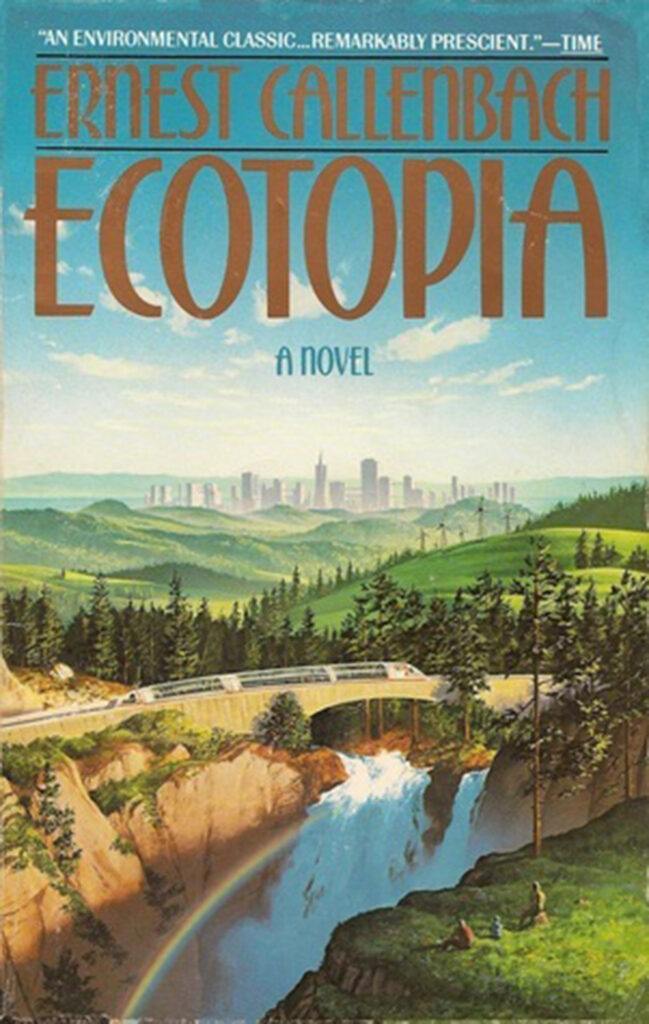
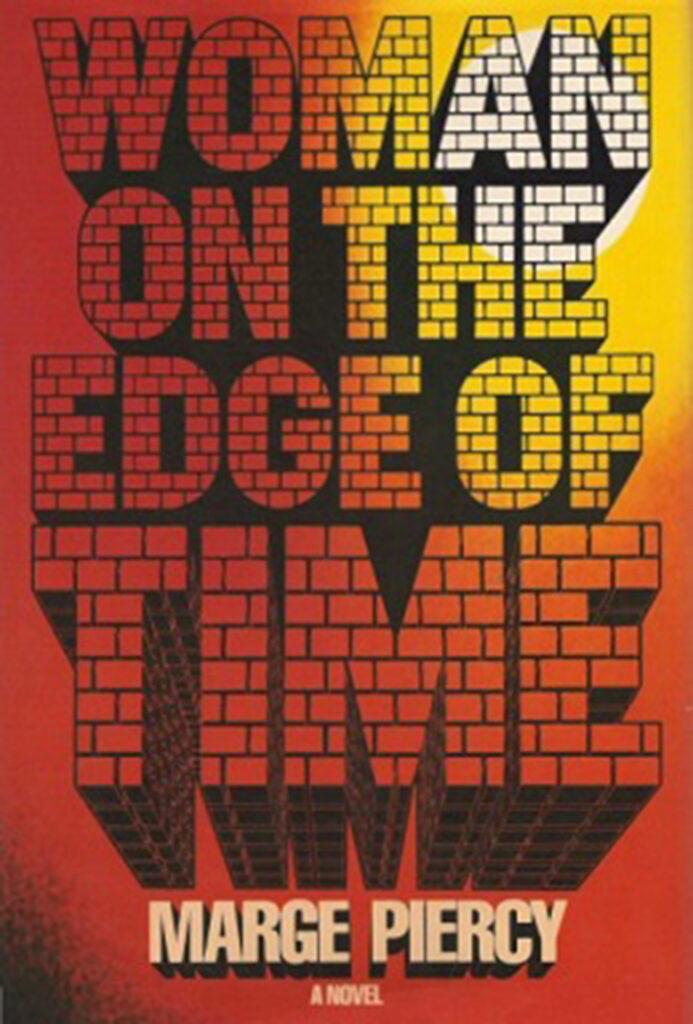
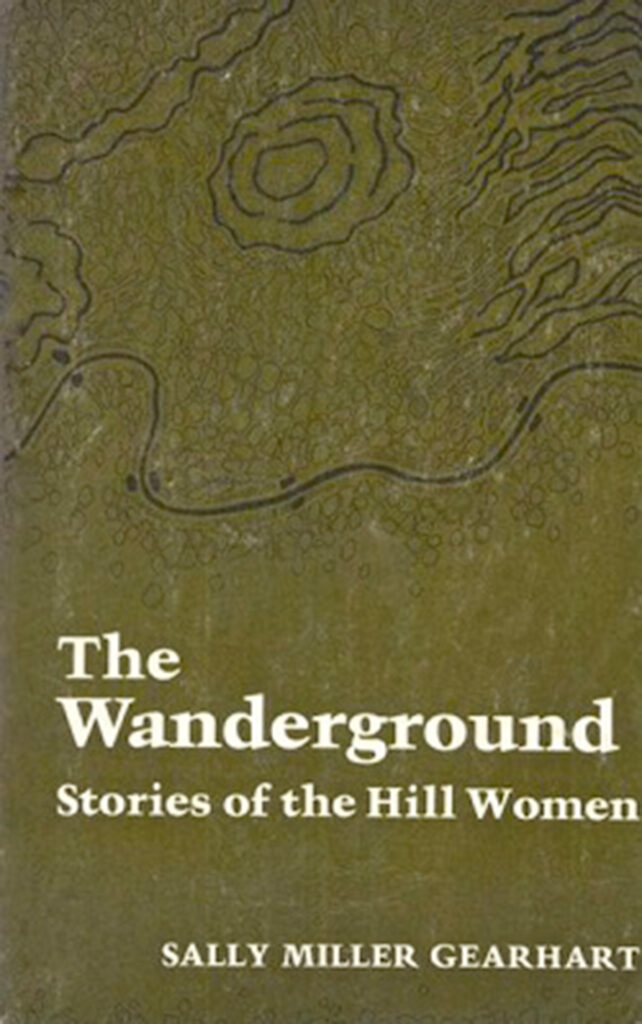
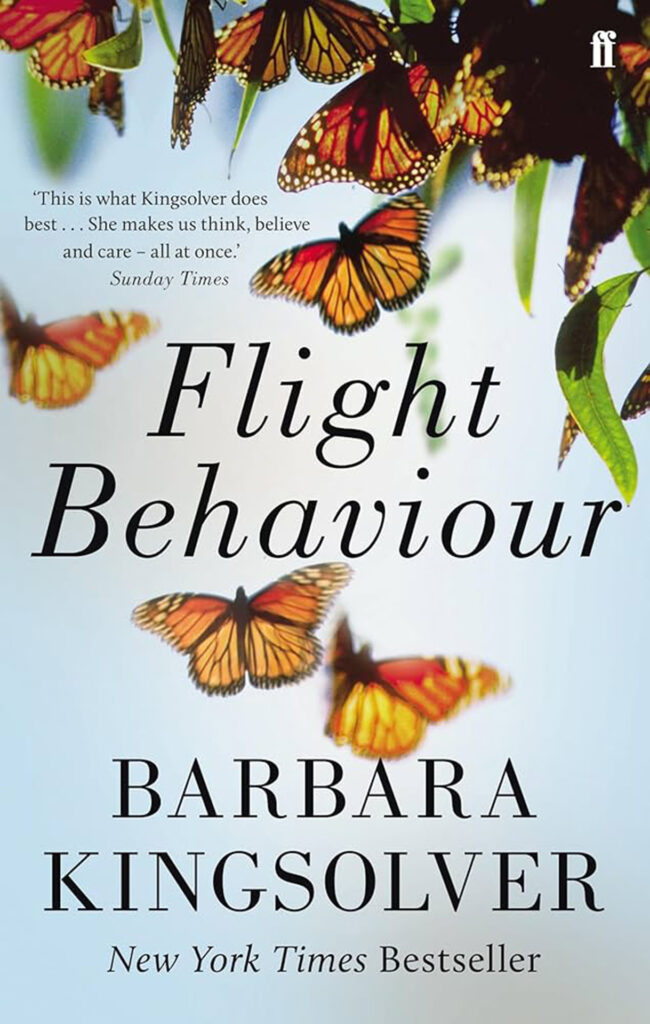
During the 1970s there emerged other examples of this current, among which the most famous are probably Woman on the edge of time by Marge Piercy (b. 1936) in 1976 and The Wanderground by Sally Miller Gerahart (1931-2021) in 1978.
Utopia, the ideal society
The term “utopia” was coined by Thomas More (1478-1535) in his book, Utopia, in 1516. It derives from the Greek “ou-topos” meaning “no place” or “place that does not exist”. The notion of an ideal, harmonious society dates back to Plato, who describes his ideal republic in The Republic written around 370 BC.
The strongest difference introduced by Ecotopia is the belief that this ideal society should be based on ecologically sustainable systems. Normally, the community described in these books is based on alternative political systems (such as direct democracy) and resides in rustic, often non-urbanised settings.

Climate-Fiction
A large number of recent works tend to mix utopian elements with dystopian scenarios. It might be said that the genre of climate-fiction is seemingly darkening, reflecting contemporary society’s concerns about climate change.
One of the most popular books in the last few years with a dystopian ecological scenario is History of the Bees by Maja Lunde (b.1975), published in 2015. Despite the fact that the pictured future is pessimistic (the world devastated as a result of the collapse that the disappearance of the bees would mean for the planet) there is also a note of hope, recalling the human capacity to adapt and evolve.
There is another cli-fi sub-genre very similar to Ecotopia: SolarPunk. It emerged around 2010 as a reaction to cyberpunk and it is in reality more a mixture of sci-fi and speculative literature although it has many similarities with Ecotopia. In fact, both currents focus on ecologically sustainable futures but with different nuances.
Whereas Ecotopia emphasises low-impact and “natural” technologies, SolarPunk embraces advanced technology (as long as it is sustainable). In addition, SolarPunk contrasts the rustic aesthetics of Ecotopia with a futuristic, urban setting with Art Nouveau elements.
A good example of this current is New York 2140 by Kim Stanley Robinson (b.1952). It is set in a New York City affected by rising waters due to climate change where the novel explores themes such as adaptation and resilience. Specifically, the novel discusses how the buildings and transportation are modified to adapt to the new situation.
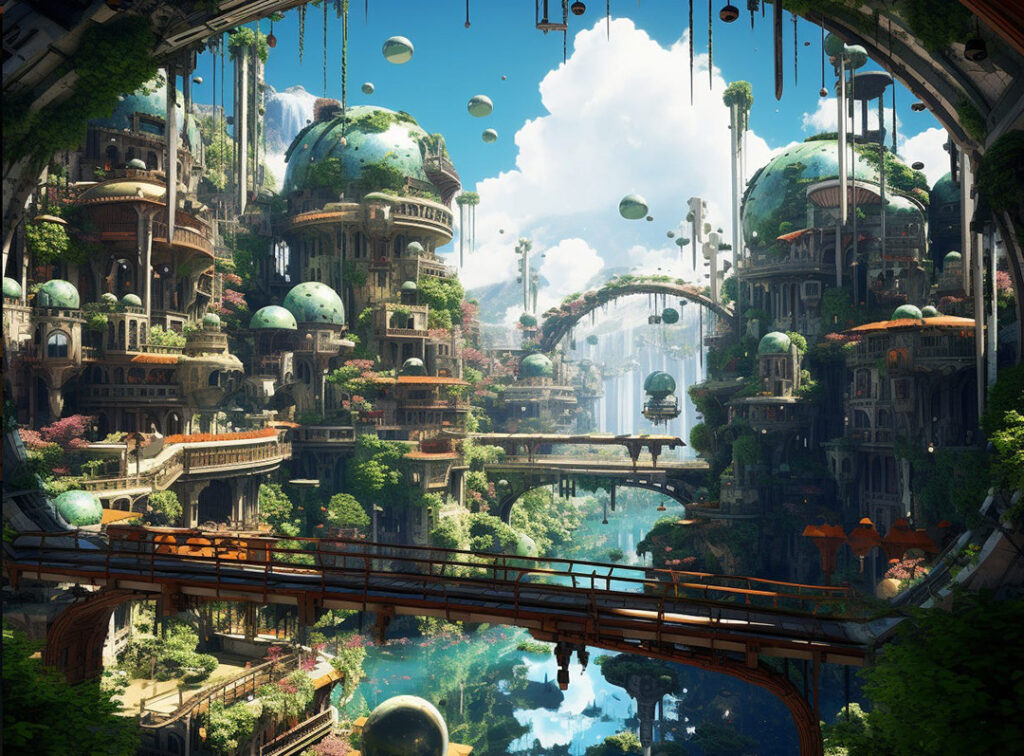
Relevance and impact on contemporary society
More generally, climate-fiction works have stimulated public debate on climate change and made readers aware of it by encouraging them to imagine future scenarios affected by the consequences of our daily actions.
An additional factor is their emotional and ethical aspect. Very often, these books have a strong emotional impact, helping people to process complex feelings such as eco-anxiety. Moreover, they explore innovative solutions to climate problems, stimulating research and innovation of sustainable technologies.
In addition, these novels frequently give voice to marginalised communities, the most vulnerable to climate change. One of the most emblematic books in this regard is Flight Behavior by Barbara Kinglsolver (b. 1955), published in 2012. The main themes of the novel are the impact of climate change on rural communities and environmental awareness combined with individual responsibility.
A further way in which ecological fiction novels are influential is by pressing for the change of laws, stimulating the discussion of sustainability laws and advancing the idea of an ecologically responsible society





